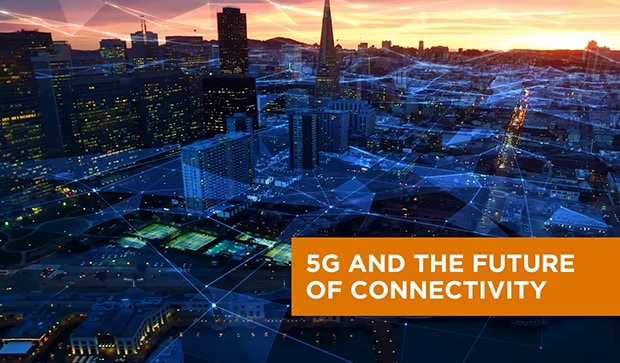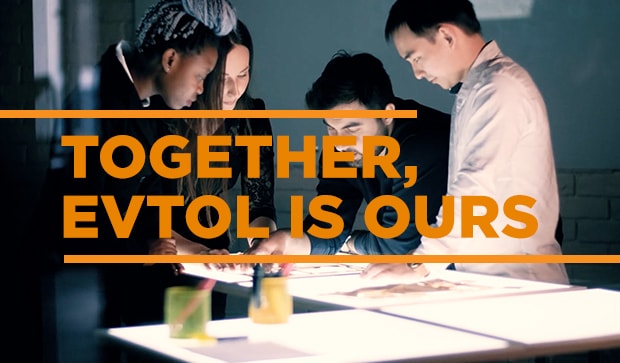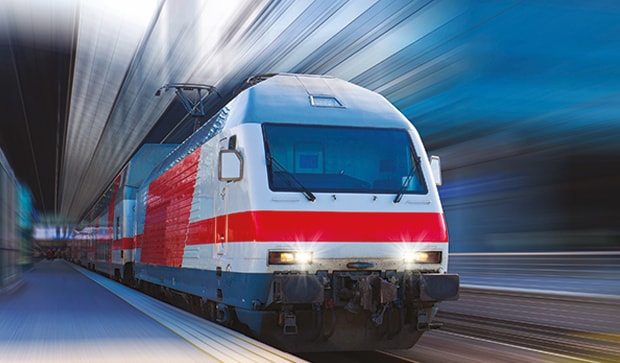
Trend Insight
Taking a Long View on Smart Mobility
Current urbanization trends predict that 70% of people will live in urban centers by 2050. By implementing existing connected technologies, stakeholders can optimize the mobility of people, management of services, and distribution of goods.
Around the world today, communities are developing plans to optimize traffic flows, build multi-modal transport systems, and develop interactive systems with existing infrastructure. These types of improvements have often been linked to major benefits: reducing vehicle and factory emissions, lower municipal costs, and improve the quality of life with better delivery of services – including more choices for residents, increased ability to interact with infrastructure (report potholes, graffiti, weather, accidents). In theory, this all sounds like a great. But when we consider the practical implementation, it raises critical questions: What is the crucial problem to solve? How will possible solutions impact the social, economic, and environmental factors? How can cities maximize the impact of implementing their strategies?
The particular challenges facing each city give rise to opportunities for creating unique solutions that enhance the cityscape.
One U.S. city offers an example. Previously, the city of Columbus, Ohio was experiencing a rise in infant mortality at a rate. After officials analyzed the data, it turned out that expecting mothers using public transportation were having a difficult time getting to prenatal appointments. As a result, many stopped going to the doctor.
After identifying the issue, city officials developed – as part of the smart-city strategy – a system that enabled expecting mothers to use public transit for reaching their doctor. After implementing the system, officials noticed several ancillary benefits: It gave more people access to jobs and increased mobility for visitors, including adolescent and elderly residents.
A smart-city strategy makes it possible to imagine a future where elderly residents can schedule an autonomous vehicle transport them to a doctor’s appointment. Such a service would provide safe, personalized mobility for individuals unable to travel on crowded public transit or navigate the challenges of making the journey on their own.
The impact is greater mobility, with more options for cost-effective transit that can also be programmed – unlike mass transit – for other errands, such as stopping by the pharmacy on the way home from the doctor’s office. This type of convenience is possible because of multi-modal strategies offering the flexibility of alternative mobility for any situation.
In addition to improving quality-of-life for residents, smart-city strategies enable municipalities to leverage real-time data. This enables multiple municipal departments to quickly coordinate critical activities, such as adjusting and optimizing traffic flow during large events, rush hour, and extreme weather conditions.
For the city, this capability to collect and transmit data, power, and signal based on a defined smart-city strategy for operating core systems creates crucial value, and well as residual benefits related to better managing the maintenance and repair schedules of transit, utility, and other key systems vital to public safety.
A smart-city strategy does not mean that municipal projects will exhaust the city budget. In Columbus, officials focused on using the existing infrastructure and collecting more and better data before investing in new construction. This is how they developed a new solution for resident mobility.
When implementing a smart-city strategy, municipalities quickly learn that optimizing the value of data enables better solutions – but implementation can vary in complexity, and results can be impacted by the city’s layout.
Despite the challenges, results can be transformative: Better bus routes, enabling residents to easily plan trips; and motion-detection streetlights, using less power while increasing safety where and when needed. This could also expand to bike and vehicle sharing programs, by helping residents easily identify when and where vehicles are available for use.
Another example is a system of autonomous corridors, where autonomous vehicles could flow easily – making roads safer, with less traffic for point-to-point transit. These corridors could also be paired with bike lanes or walking paths, further improving traffic flow and managed via smart stop lights and route management strategies. Additionally, this could expand to integrate a local rail system or a subway network.
The result is less vehicles crowding city streets and opportunities to reclaim unused routes for other uses, including urban green space and transportation centers. The particular challenges facing each city give rise to opportunities for creating unique solutions that enhance the cityscape.
With a multi-pronged, smart-city strategy, officials can better identify investments that will ultimately provide the safest, greenest, and most efficient systems that serve all residents. In the smart city, the mobility of people and goods is the top predictor of success for long-term growth and sustainability.
Author
Benjamin Nelson, Engineer, Industry Expert







